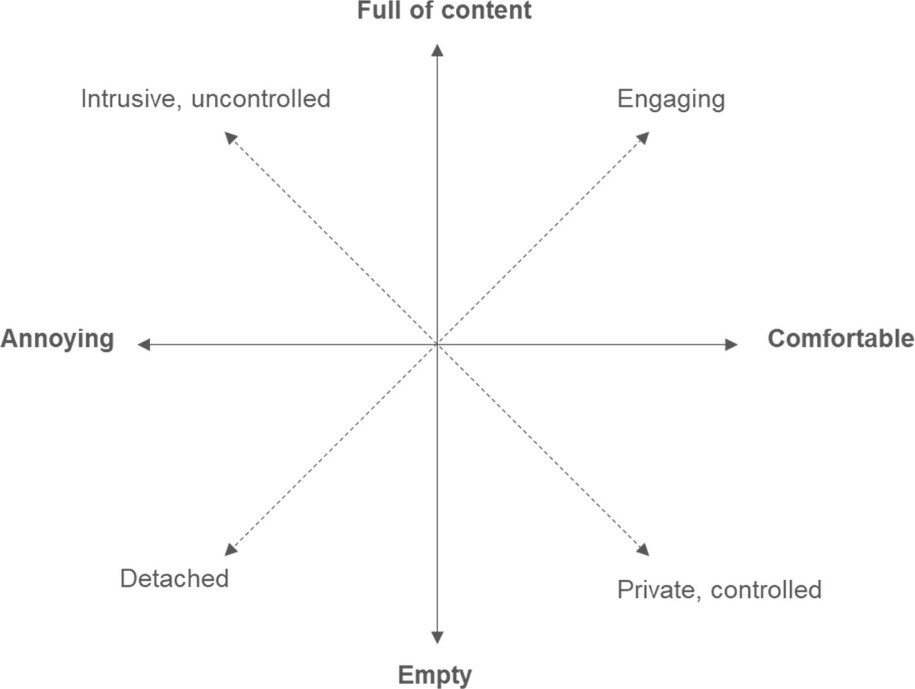Insights
Like the sound of the new normal?
The Science of Soundscapes.
This Insight references the article ‘Indoor soundscapes at home during the COVID-19 lockdown in London – Part I: Associations between the perception of the acoustic environment, occupantś activity and well-being’ from Applied Acoustics.
Working from home is now common place due to lockdown, but whilst we have been adjusting, our homes haven’t necessarily changed, beyond the addition of a desk…
A recent study has revealed an intriguing insight into the effects of indoor soundscapes during lockdown, which we believe could ultimately help us to improve the design of our homes. As acoustic designers of both modern homes and workplaces, this fundamental information on people’s perceptions and responses to sounds and noise is an essential ingredient.
From this we have an evidence base on what matters to people and how soundscapes influence their wellbeing.
The already established science tells us that noise adversely affects our health, causing us annoyance, sleep disturbance and stress, with clear links to cardiovascular problems. But for some time now, there has been growing recognition that simply assessing the level or magnitude of noise does not give us the whole truth about its effects. This latest research, which forms part of a much wider global reaching programme, is seeking to better understand our human responses to sound, both positive and negative.
The research could lead to “dropping the dB” in preference for a better, more human, metric.
The specific lockdown study describes the emotional response to indoor acoustic environments based on perceptions of comfort and content, formed diagrammatically as a “Soundscape Circumplex” shown below.

Comfort: how comfortable or annoying the environment was judged to be.
Content: how saturated the environment is with events and sounds.
When relaxing at home, more ‘comfortable’ acoustic environments were found to be associated with better psychological wellbeing, regardless of the amount of ‘content’.
However, when working at home, ‘comfortable’ and ‘empty’ acoustic environments (i.e. private and controlled) were considered by participants of the study to be more appropriate. This reliance on low ‘content’ for a suitable sound environment suggests that people at home perceive their sound environment differently, depending on the activity being carried out. So those of us working from home may now label sounds previously considered appropriate for relaxing, or simply unnoticed, as annoying or not favourable for working.
Sound lessons from lockdown.
Meanwhile, a study with university students during the COVID-19 lockdown showed higher exposure to mechanical noise is associated with worse self-rated health and lower restorative quality. On the other hand, nature sounds were found to be associated with better restorative quality and self-rated health. Further studies have shown that increased audibility of natural sounds during lockdown, due to reduced sound masking from the usual anthropogenic (human derived) noise could enhance recovery from cognitive stress and performance.
There is still more to learn, but we know enough to act.
More research is being carried out. However, the current indoor soundscape literature shows that there is an opportunity for acoustic design through a perception-based approach (i.e. working beyond simple noise reduction) to improve health, wellbeing, and the quality of life for those working at home.
